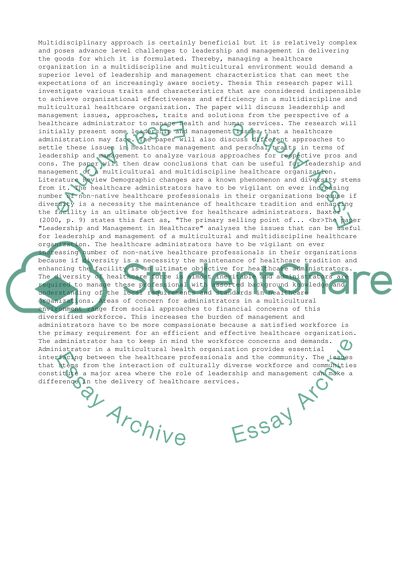Cite this document
(“Leadership and Management in Healthcare Research Paper”, n.d.)
Retrieved from https://studentshare.org/management/1429171-leadership-and-management-in-healthcare
Retrieved from https://studentshare.org/management/1429171-leadership-and-management-in-healthcare
(Leadership and Management in Healthcare Research Paper)
https://studentshare.org/management/1429171-leadership-and-management-in-healthcare.
https://studentshare.org/management/1429171-leadership-and-management-in-healthcare.
“Leadership and Management in Healthcare Research Paper”, n.d. https://studentshare.org/management/1429171-leadership-and-management-in-healthcare.


